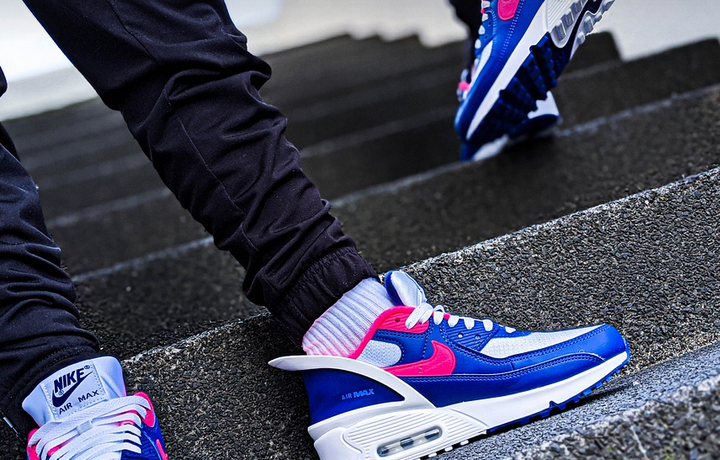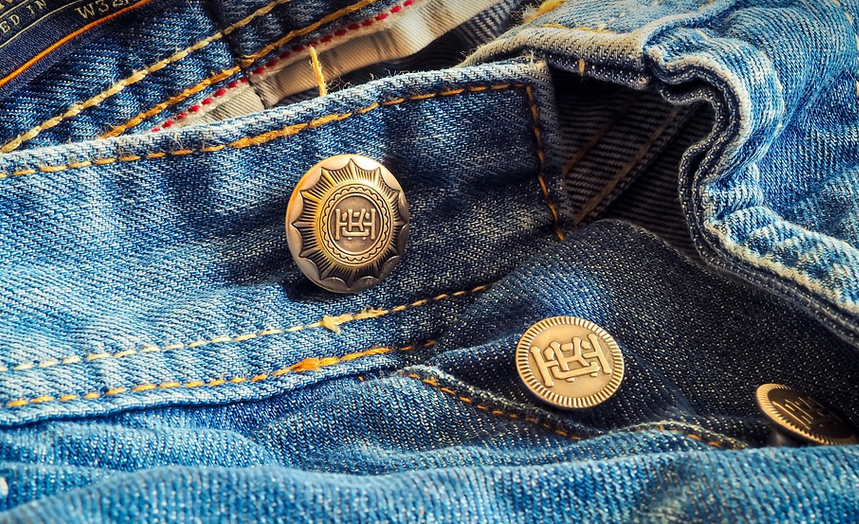Razor Glove Freddy Krueger: A Night Terror That Continues To Haunt

The Origins of a Nightmare
You’ve probably heard the name, maybe seen it in a movie or two. Freddy Krueger, the iconic masked villain who brought nightmares to life on screen. But what about those razor glove-clad hands that became synonymous with terror? We’re getting into the nitty gritty of Freddy’s defining characteristic: his razor gloves.
The origins of these menacing appendages can be traced back to the mind of Wes Craven, the creator of Freddy Krueger himself. Craven was inspired by a childhood fear of being caught in an inescapable situation and wanted to create a villain who embodied that feeling of helplessness and vulnerability.
He sought to embody that primal dread through his iconic imagery – sharp-edged gloves covered in razor blades. These weren’t just weapons; they represented the fear Freddy inflicted on his victims, leaving them helpless and vulnerable to his torment.
The initial concept for Freddy was a simple one: a disfigured killer who used razor blades as tools of torture and murder. But Craven’s vision expanded far beyond that. He wanted Freddy to be more than just a gruesome killing machine; he wanted him to embody the terrors of childhood, the fears we all carry within us.
The first film, “A Nightmare on Elm Street,” was released in 1984 and introduced audiences to Freddy’s sinister persona. The razor gloves became an instant symbol of his frightening nature, instantly captivating audiences.
Beyond the Screen: The Power of the Razor Glove
Freddy Krueger is a cultural icon, even decades after his first appearance. He’s transcended the realm of film to become part of popular culture, appearing in everything from video games and merchandise to tattoos and social media memes.
His legacy lies not just in what he represents in our collective imagination but also how these elements have been shaped over time. The razor gloves serve as a powerful symbol: they represent fear, vulnerability, and the relentless pursuit of nightmares.
The ability to inflict physical harm with such precision was initially intended to add to Freddy’s monstrous persona, but its impact extended far beyond that. It became a visual shorthand for his power and ruthlessness.
The razor gloves also symbolize the vulnerability of the human psyche. Freddy’s victims are forced to confront their deepest fears and traumas in the dream world, leading to a terrifying catharsis where they face their own demons.
The razor glove design has been embraced by artists and fans alike, serving as inspiration for numerous pieces of art, music, and fashion. It’s become a visual shorthand for fear, vulnerability, and the nightmares we all carry within us.
A Lasting Fear: Freddy’s Influence on Pop Culture
Freddy Krueger’s razor gloves have left an indelible mark on popular culture. They have become synonymous with horror films and are often referenced in other forms of media, such as video games, comics, and television shows.
The design has influenced countless artists and fans alike, inspiring a wide range of interpretations and parodies. The gloves have been featured in everything from tattoos to clothing designs to elaborate cosplay costumes.
His iconic look transcended the realm of horror and entered mainstream culture, becoming a symbol of fear itself. It’s no wonder that the razor glove design has become an emblem of our nightmares, a visual representation of the terrors we all face in life.
Beyond their impact on films like “A Nightmare on Elm Street” and its sequels, Freddy Krueger’s influence extends to other forms of media. The razor gloves are a recurring motif in video games, comics, and even TV shows. They’ve become a symbol of fear itself.
From the world of gaming to pop culture references, Freddy Krueger’s razor glove design has left an unforgettable mark on our collective imagination. It serves as a reminder of the dark side of our dreams and the fears that we all carry inside.


